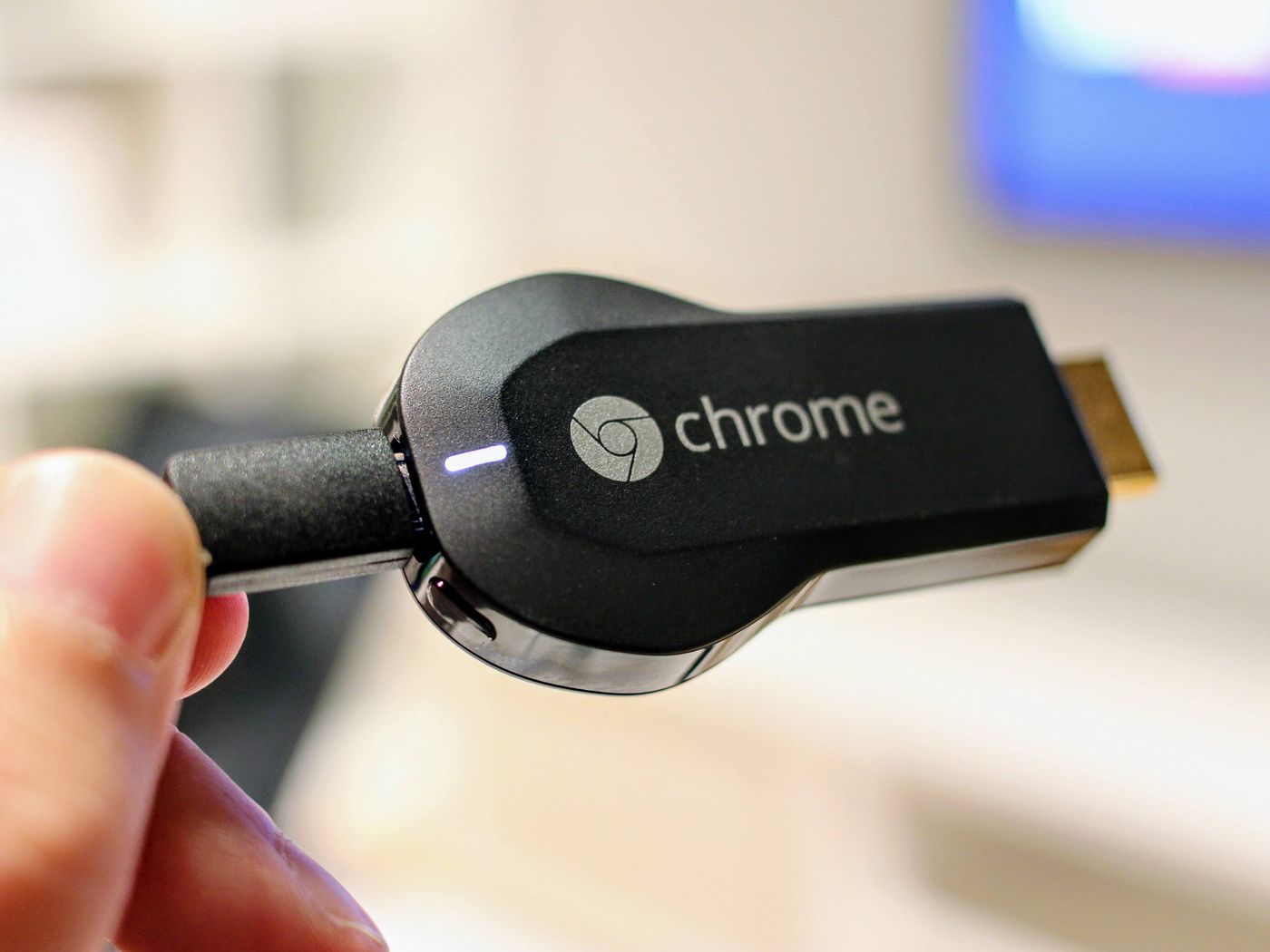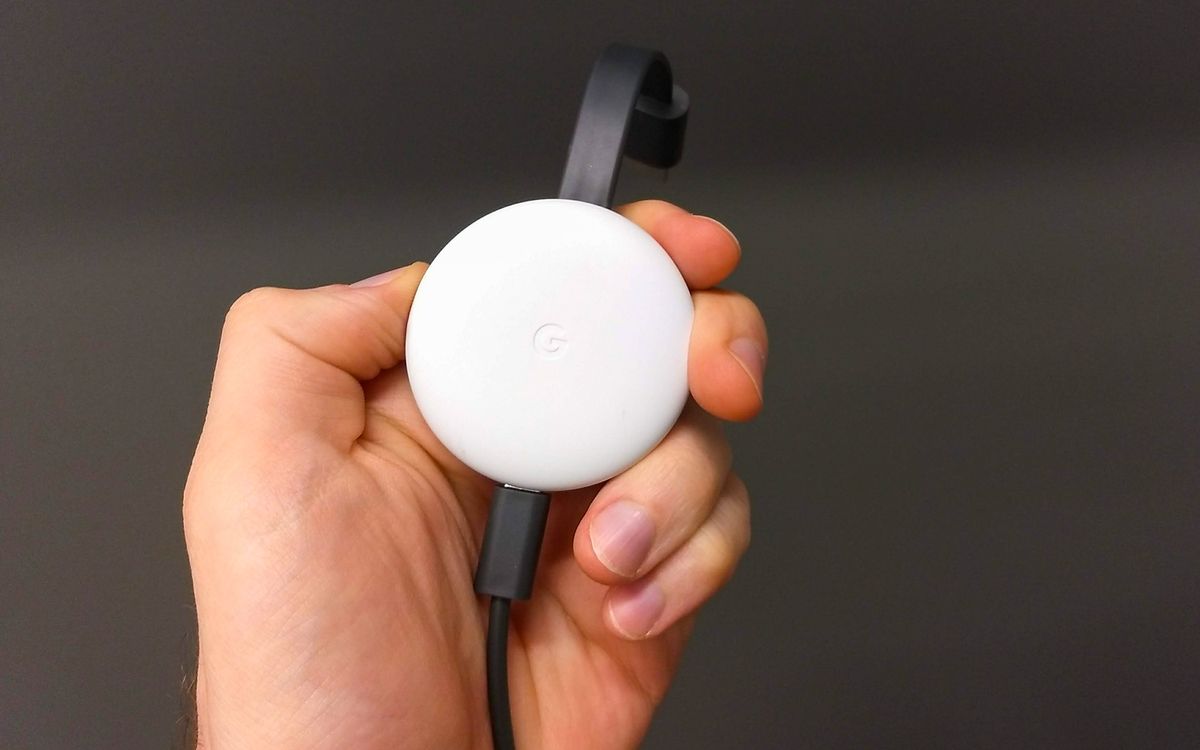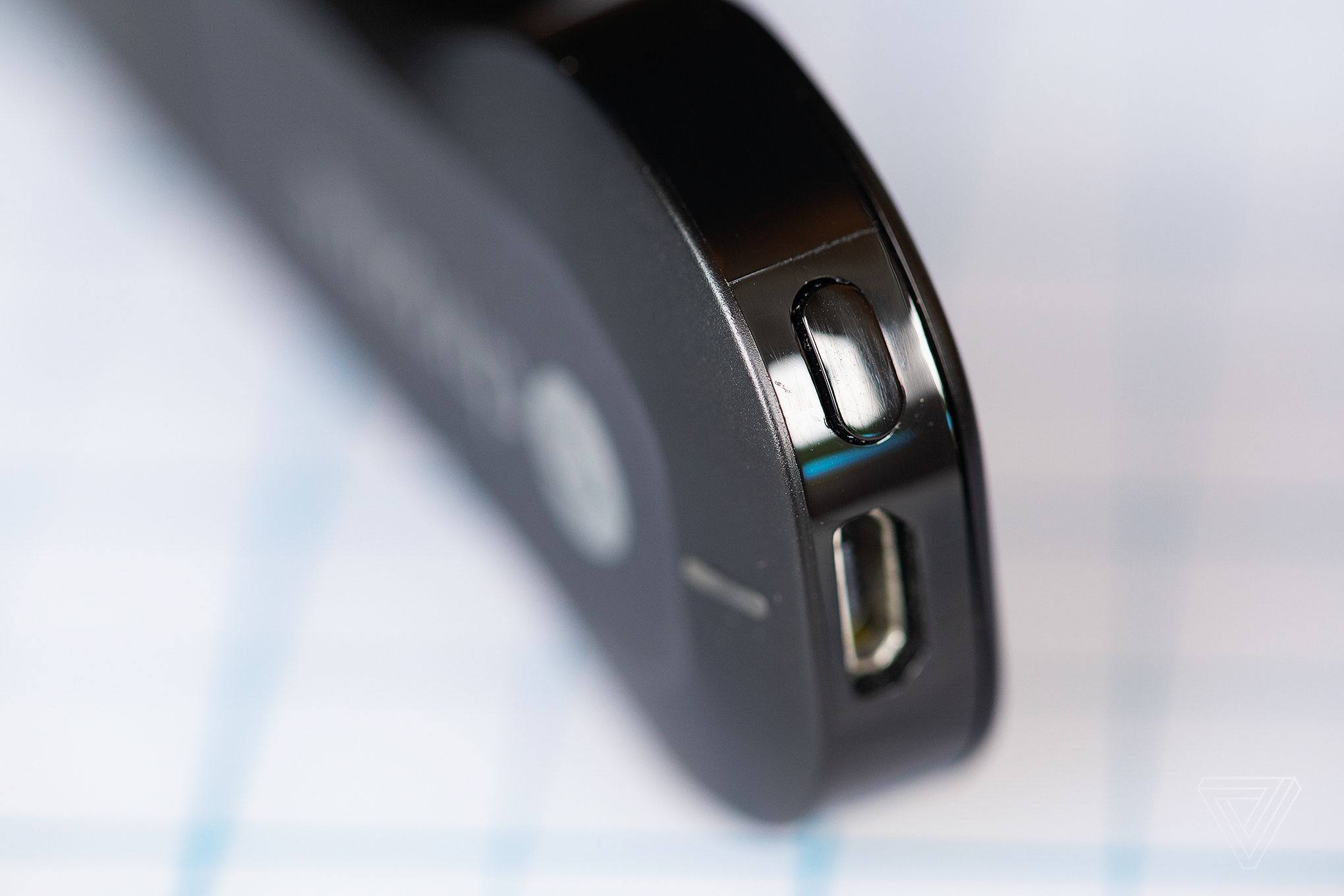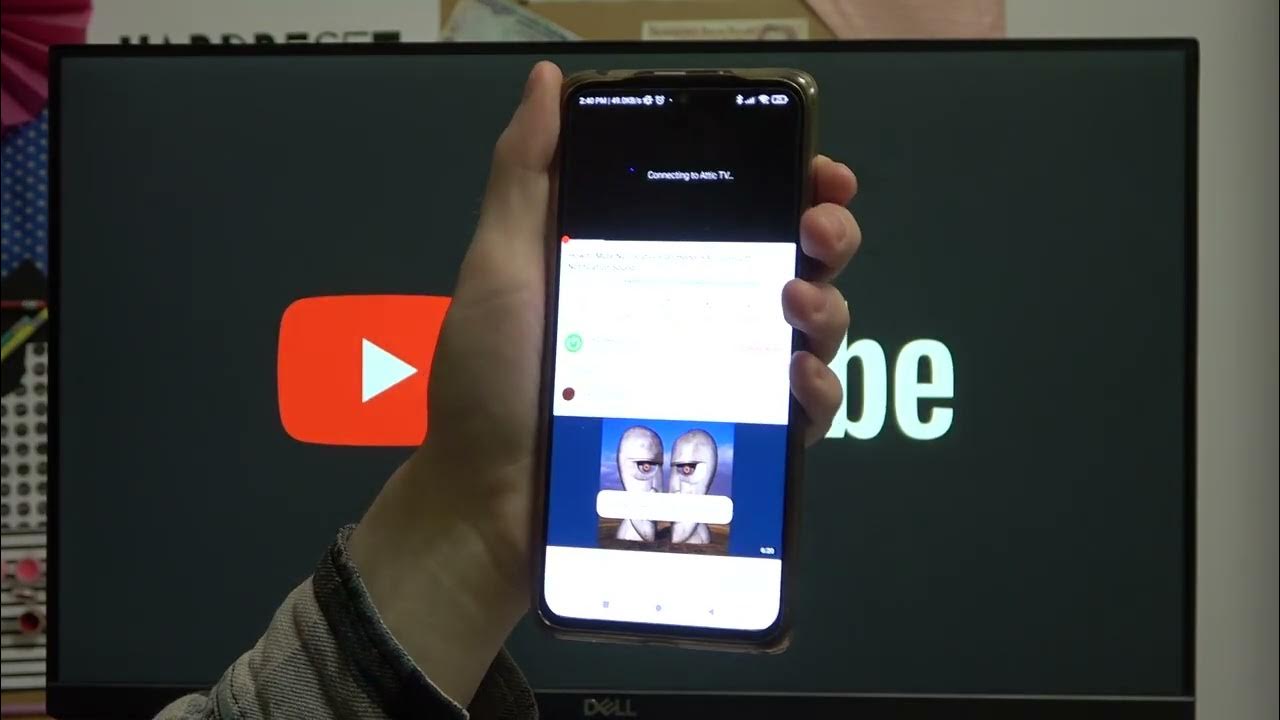

Gadgets
How Long Does A Chromecast Last
Modified: September 5, 2024
Discover the lifespan of gadgets like Chromecast and learn how long you can expect them to last. Find out more about the durability and longevity of these popular devices.
(Many of the links in this article redirect to a specific reviewed product. Your purchase of these products through affiliate links helps to generate commission for Techsplurge.com, at no extra cost. Learn more)
Table of Contents
Introduction
Google Chromecast is a popular streaming device that allows users to cast content from smartphones, tablets, or computers to television sets. With its sleek design and user-friendly interface, Chromecast has become a staple in many homes. However, like any electronic device, it has a lifespan that can vary based on usage and maintenance. This article will explore the factors that affect the longevity of a Chromecast, how to extend its lifespan, and what to expect when it eventually reaches the end of its useful life.
Read more: How Does Chromecast Work
Factors Affecting Chromecast Lifespan
Usage Patterns
- Frequency of Use: More frequent use shortens the lifespan due to stress on components like the processor and memory.
- Streaming Quality: High-definition content puts more strain on the device compared to lower-quality streams, reducing its lifespan.
Environmental Conditions
- Temperature: Extreme temperatures can affect performance and longevity. High temperatures, in particular, can reduce the lifespan.
- Humidity: High humidity levels can lead to moisture accumulation inside the device, potentially causing damage to internal components.
Maintenance and Upkeep
- Software Updates: Regular updates help keep the Chromecast running smoothly and extend its lifespan by including bug fixes and performance enhancements.
- Physical Handling: Dropping or physically damaging the device can significantly reduce its lifespan. Handle with care to prevent physical damage.
Read more: How Does Opera VPN Work
Power Supply
- Power Quality: The quality of the power supply impacts performance and longevity. Using a high-quality power adapter and avoiding power surges can help extend its lifespan.
Hardware Components
- Quality of Components: Internal components like the processor and memory affect how long the device lasts. Higher-quality components generally last longer.
Extending the Lifespan of Your Chromecast
Regular Maintenance
- Software Updates: Keep your Chromecast updated with the latest software to fix bugs and improve performance.
- Restarting the Device: Regularly restarting can help clear out temporary data and improve performance.
Read more: How Does Bitdefender VPN Work
Proper Handling
- Avoid Physical Damage: Handle the device with care to avoid physical damage. Avoid dropping it or exposing it to extreme temperatures.
- Clean the Device: Regularly clean to prevent dust buildup, which can cause overheating and reduce performance.
Power Management
- Use a High-Quality Power Adapter: A high-quality power adapter can help reduce power surges and ensure a stable power supply.
- Avoid Overcharging: Unplug the device when fully charged to avoid overcharging, which can reduce battery life and affect overall performance.
Optimize Streaming Settings
- Adjust Streaming Quality: Lowering the streaming quality can reduce the load on the device, extending its lifespan.
- Use Built-in Features: Utilize built-in features such as turning off the device when not in use or setting up a scheduled shutdown to conserve power.
Monitor Performance
- Check for Errors: Regularly check for errors or issues. Address any problems promptly to prevent further damage.
Signs of Wear and Tear
Slow Performance
If your Chromecast takes longer than usual to load content or experiences frequent buffering, it may be nearing the end of its lifespan.
Frequent Crashes
Frequent crashes could indicate hardware failure or software issues that need addressing.
Overheating
Overheating could be due to dust buildup or other internal issues, reducing performance and potentially causing permanent damage.
Read more: How Does Google Authenticator Work
No Signal
If unable to connect or if the device is not recognizing your device, it may no longer function properly.
Replacing Your Chromecast
Assessing the Situation
If any signs of wear and tear are noticed, assess whether it’s worth repairing or replacing the Chromecast.
Repairing vs. Replacing
Minor issues that can be fixed with a software update or by cleaning might be worth repairing. However, hardware-related problems might make replacement more cost-effective.
Read more: How Does Norton VPN Work
Choosing a Replacement
When choosing a replacement, consider the latest models and their features. Newer models often come with improved performance and additional features that can enhance your streaming experience.
Transferring Data
If replacing your Chromecast, transfer any settings or data you want to keep to the new device. This includes Wi-Fi settings, device pairing information, and any custom settings made.
Understanding the factors that affect its longevity and following the tips outlined can extend the lifespan of your device, ensuring a seamless streaming experience for a longer period. When the time comes to replace your Chromecast, choose a new device that meets your needs and provides the best possible performance.










